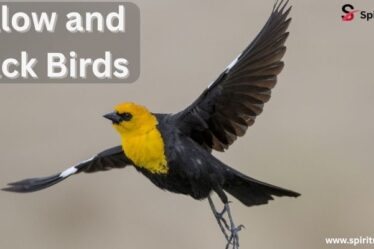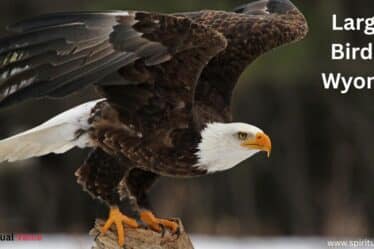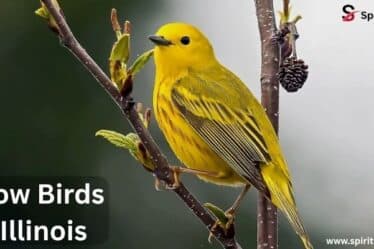
Bluebirds are beautiful, peaceful birds that many people want to see in their yards. If you’re wondering how to attract bluebirds, there are a few simple things you can do. These birds love open spaces, fresh water, and safe places to nest. You don’t need fancy equipment—just the right setup to make them feel at home.
This guide will show you how to attract bluebirds using food, shelter, and the right environment. Whether you live in the city or country, you can create a space they’ll love. Keep reading to learn how to attract bluebirds and enjoy their sweet songs and bright colors right in your backyard.
What Are Bluebirds
Bluebirds are small, colorful songbirds found across much of the United States. They are part of the thrush family and are known for their bright blue color, rusty chests, and soft, melodic calls. Bluebirds are insect eaters by nature, often feeding on beetles, caterpillars, and other bugs. That’s why having a yard full of life—insects, native plants, and open areas—is so important for attracting them.
In addition to eating insects, they also enjoy soft fruits like native berries, blueberries, and chopped apples, especially when insects are harder to find. Bluebirds prefer open, sunny locations where they can perch and hunt. They nest in cavities, either in natural holes in dead trees or in specially made birdhouses. Creating this type of space around your home can make your yard a favorite stop—or even a nesting ground.
Tips for Attracting Bluebirds
1. Offer Favorite Foods
One of the best ways to attract bluebirds is by giving them what they love to eat. Bluebirds rely on an insect-based diet, so live or dried mealworms are a big hit. You can place them in a shallow feeder close to the ground or on a raised platform. Along with insects, they enjoy suet, suet cakes, peanut hearts, raisins, and soft fruits like blueberries and chopped apples. These treats are especially helpful in early spring and colder months when bugs are harder to find.
Use feeders that are easy for bluebirds to access but difficult for larger birds and squirrels. Some people even add a small roof to shield food from rain. Keeping food fresh and clean is essential—spoiled fruit or moldy suet can harm them.
2. Provide Water
Like all birds, bluebirds need water to drink and bathe. A simple birdbath works well, especially if you clean it regularly and keep it filled with fresh water. For a more natural setting, try adding a recirculating stream or dripper, which can attract more birds with the sound of moving water.
During the winter, consider a heated birdbath to prevent the water from freezing. It’s not just about thirst—bathing helps keep their feathers clean and in top condition, which is especially important in cold weather.
3. Plant Berry-Producing Natives
Bluebirds love to snack on native berries, especially during fall and winter. Planting shrubs like dogwoods, black gum, American holly, staghorn sumac, and the American bittersweet vine can provide them with natural food sources that last through the seasons.
These plants not only offer berries but also bring in helpful insects, supporting the bluebirds’ main diet. Native plants are better adapted to your local climate and don’t need as much care. Try grouping different plants to provide both shelter and seasonal food variety.
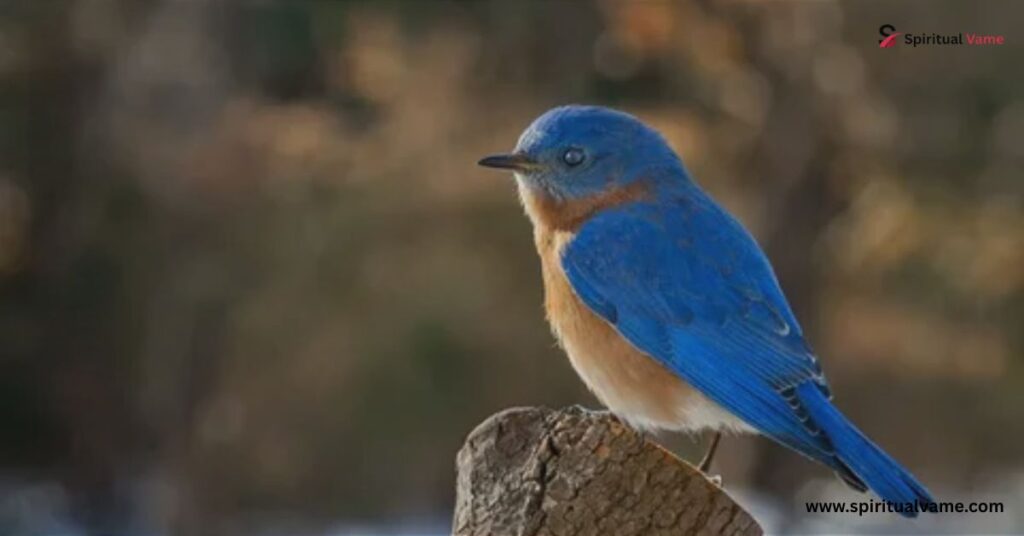
4. Leave Dead Trees
If it’s safe to do so, consider leaving dead trees or large branches in your yard. These natural features often have holes and nesting cavities that bluebirds can use. They also support insect life, which helps feed the birds.
However, if a tree poses a safety hazard, you can cut it down partway and leave a tall snag. Many birds, including bluebirds, use these snags to perch or search for food. It’s an easy way to mimic their natural environment.
5. Keep Nesting Material Around
Bluebirds build nests using simple natural materials. Scattering pine needles, dried grasses, and even small twigs around your yard gives them easy access to the tools they need. Avoid offering synthetic fibers or anything that could tangle their feet.
In early spring, start placing nesting materials in small piles near birdhouses or sheltered areas. That’s when most bluebirds begin looking for a nesting spot, so the timing matters.
6. Put up a birdhouse
Putting up a good-quality birdhouse can make all the difference. The house should have the right size entrance hole (about 1.5 inches wide) and a deep interior to protect against predators. The Gilwood box is a great style that many experts recommend.
Want to know how to attract bluebirds? Install birdhouses in sunny spots, ideally facing east to avoid strong winds and afternoon heat. Keep the inside clean and inspect the house between nesting seasons. A well-placed birdhouse can often bring a nesting pair back year after year.
7. Don’t use pesticides
Pesticides can poison the very insects bluebirds eat. They also hurt the overall health of your yard and the birds that visit. Instead of spraying chemicals, encourage natural pest control with beneficial insects, birds, and safe gardening practices.
Using pesticides in gardens or lawns may reduce the insect population so much that bluebirds have trouble finding food. Stick to native species of plants that don’t need chemical sprays, and let nature balance itself.
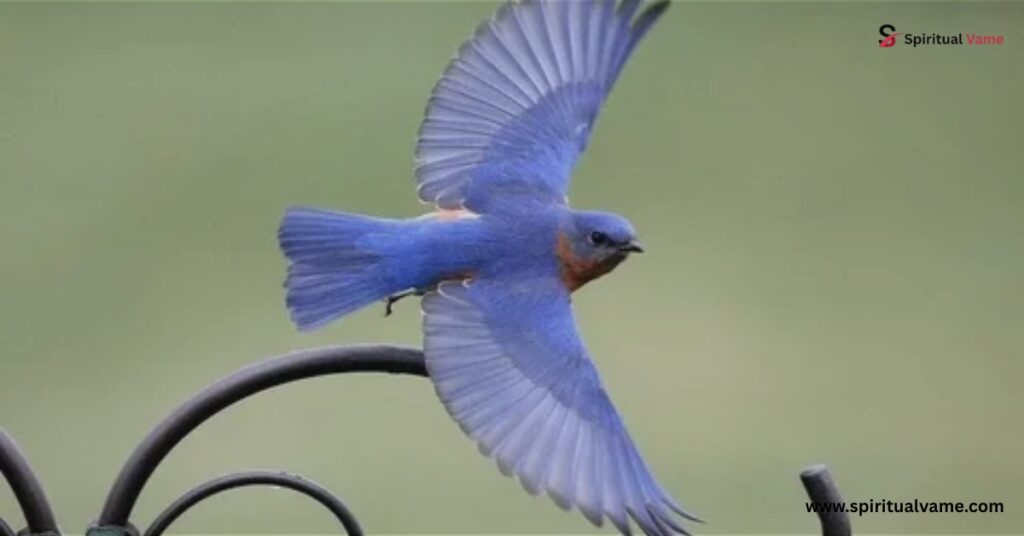
8. Provide a perch near open space.
Bluebirds like to sit and scan for insects from a distance. Adding a small perch in an open space—like a stick, branch, or wire—can help them spot food on the ground below. It also gives them a resting place between meals.
Try to place the perch where it offers a good view but is still close to cover or shrubs. That way, they can quickly return to shelter if they sense a predator nearby.
10. Keep cats away.
One of the biggest dangers to bluebirds is roaming cats. Even a friendly outdoor cat can be deadly to ground-feeding birds. To keep your bluebirds safe, use fencing, motion-activated sprinklers, or keep cats indoors when birds are most active.
You can also place feeders and birdhouses away from areas where cats might hide. Avoid thick bushes or fences where a cat can launch a surprise attack.
11. Mark your windows.
Birds sometimes fly into windows because they see reflections of sky or trees. Use stickers, screens, or patterns to break up the reflection and help birds recognize glass as a barrier. Even simple solutions like drawing with soap or using window tape can reduce accidents.
This small change can save many bird lives and protect bluebirds that might otherwise be injured while visiting your yard.
How To Attract Bluebirds To Your Garden, According To An Expert
Experts agree that the best way to attract bluebirds is to think like one. They need safety, space, and reliable food. Professionals recommend setting up a proper birdhouse before early spring, keeping water clean, and avoiding anything that might scare the birds away.
If you’re just getting started, don’t be discouraged. You can begin small with a clean birdbath, a dish of mealworms, and a couple of native shrubs like dogwoods or black gum. Over time, you’ll see more activity and maybe even a nesting pair.
Types Of Bluebirds In The South
In the southern U.S., the most common species is the Eastern Bluebird. These birds prefer grassy areas with scattered trees and low shrubs. In some parts of the South, especially in higher elevations, you might also spot the Mountain or Western Bluebird.
Each type has slightly different nesting habits, but all appreciate native species and open spaces with nearby shelter. Learning which bluebird lives in your area helps you plan better for their needs.
Providing The Best Food for Bluebirds
Mealworms
Live mealworms are a favorite for bluebirds. They’re high in protein and mimic their natural insect-based diet. Place them in a shallow dish, and only offer what they can eat quickly to avoid attracting pests.
Suet
Suet cakes are great for colder months. They give bluebirds the extra energy they need. Choose blends with peanut hearts, raisins, or fruit bits to make them more appealing.
Native Berries
Planting native berries ensures a natural food source. Shrubs like American holly, staghorn sumac, and American bittersweet vine provide not only food but also beauty to your landscape.
Where To Place Feeders
Feeders should be placed in areas with some open space but also near shelter. Keep them off the ground and away from hiding spots for predators. A sunny location helps keep food dry and visible.
Clean feeders regularly and make sure they’re easy for bluebirds to use but hard for squirrels to steal from. Simpler is often better.
Providing A Proper Habitat For Bluebirds
Plant Native Species
Choose plants like black gum, dogwoods, and American holly that attract insects and offer berries. These also give birds places to rest and build nests.
Build A Bird House
Use the right dimensions and build a sturdy, safe space. The Gilwood box style works well. Mount your birdhouse on a pole with a predator guard to keep eggs and chicks safe.
Attracting Bluebirds to Your Property
Habitat and feeding habits
Bluebirds like wide open spaces and low ground where they can hunt insects. They eat all day, taking breaks to rest or bathe in a birdbath. Knowing their daily habits helps you plan your garden accordingly.
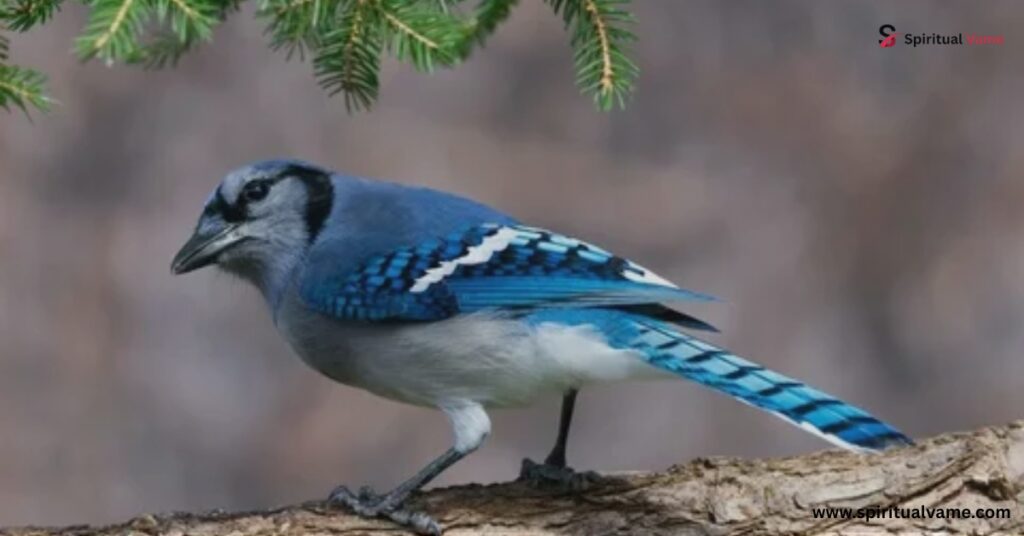
Biology and nesting requirements
They usually nest from early spring through summer. A female builds the nest inside a birdhouse using pine needles and grasses, then lays 3–5 eggs. It’s important to keep the area safe and clean throughout the season.
A Missouri resident’s bluebird nest box project
In Missouri, one resident built several nest boxes along his property. By using native species and avoiding pesticides, he turned his yard into a bluebird haven. His success shows that with patience and care, anyone can do it.
Nest boxes
Nest box building tips
Use untreated wood, avoid painting the inside, and include ventilation holes. Stick to tested designs like the Gilwood box to give bluebirds the space they need.
Location and placement of nest boxes
Place the box 4–6 feet above ground, facing east or southeast. Leave at least 100 yards between each box to prevent fighting.
Nest box monitoring and maintenance
Check boxes weekly during nesting season. Remove old nests and keep the box clean and dry. Watch for signs of predators and take steps to protect the young birds.
Enhancing habitats
Enhancing your yard for bluebirds means creating a full ecosystem. Mix food, water, and shelter into a single plan. Let dead trees stand if safe, plant native berries, and avoid pesticides. Make your yard a space where bluebirds can thrive.
Conclusion
Attracting bluebirds is not just about luck—it’s about making a welcoming space filled with insects, fruits, shelter, and clean water. With time and care, your yard can become a safe place where bluebirds feed, nest, and raise their young. Use natural materials, skip the pesticides, and enjoy the beauty these charming birds bring to your home.

